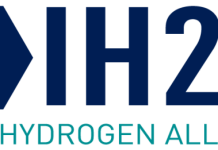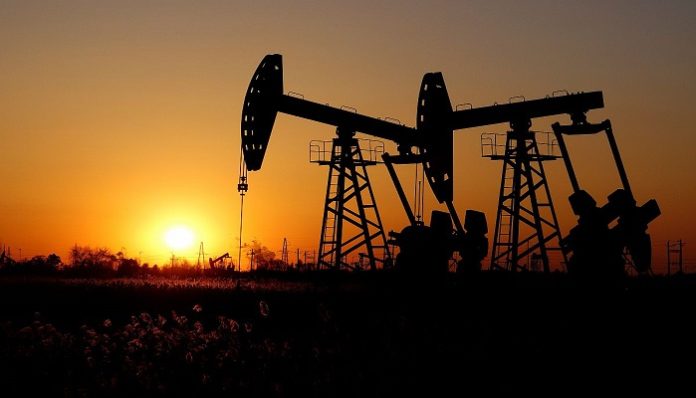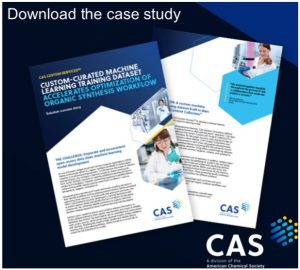India is now having unsustainable level of import dependence on crude oil and natural gas, with the domestic production remaining virtually stagnant and growth rate in demand and import level of crude oil and natural gas steadily increasing at 6 to 7% per annum. It is a matter of extreme urgency that the import level of crude oil and natural gas must be curtailed to a significant extent.
Government of India is now implementing four major strategies for overcoming the import dependence on crude oil and natural gas.
- Promotion of renewable energy
- Blending of ethanol with petrol
- Promotion of electric vehicles
- Promotion of hydrogen economy
While the above four strategies are important and Government of India is striving it’s level best to implement the above strategies, the question is whether the above strategies are adequate considering the present and futuristic scenario. It appears that they are not.
Promotion of Renewable Energy
Government of India has now raised the target for renewable energy to 500 GW to be achieved by 2030. Solar remains the mainstay of the renewable new capacity addition and 3,709 MW was added during Q 1 of this fiscal, as compared to 2,249 MW in the year ago quarter. During this June quarter, the wind power segment added 430 MW (240 MW in the year ago quarter) of new capacity.
It is expected that the renewable energy capacity addition in this fiscal will be around at 15 to 16 GW, given the strong project pipeline of about 50 GW. Overall, the growth prospects in the renewable energy sector over the long term remain good, with the supportive policy of the government as well as significantly improved tariff competitiveness of both solar and wind energy.
However, the basic issue with the renewable power is the uncertainty of power generation from time to time due to vagaries of monsoon and climatic conditions. As a result, the capacity utilisation of renewable power sector is unlikely to exceed 20% on an average in a year.
Likely total peak hour demand for power by the year 2030 would be around 320 GW. Considering 500 GW of renewable power capacity by the year 2030 and considering average capacity utilisation of 20 percent, the renewable power available by the year 2030 would be 100 GW. Balance peak hour demand to be met by power generation using fossil fuel in 2030 would be 220 GW
Therefore, while renewable power would certainly help, it would not help adequately to significantly reduce the dependence on fossil fuel based power to curtail the import of crude oil and natural gas.
Ethanol Blending
Government of India is putting up massive efforts to increase the production of ethanol and has fixed the target of 20 percent blending of ethanol with petrol by the year 2025.
Ethanol producers are encouraged to use grain such as maize, rice also as feedstock, which are essentially food crops. Grains can be the feedstock for the production of starch and there is huge opportunities in India to produce starch based chemicals such as citric acid, L-Lysine and others and most of such chemicals are now completely imported in huge quantity. There is urgent need to set up several starch based projects in the country. In such conditions, diverting starch for the production of ethanol instead of starch based products, which can be substitute for petrochemicals, may not be appropriate. This policy approach has been criticised by experts.
Government has approved around 368 projects for setting up of new distilleries / expansion of existing distilleries, based on sugarcane juice, B heavy and C heavy molasses, maize, damaged food grains and rice.
Considering 80 percent capacity utilisation, the production of ethanol by 2025 could be around 1200 crore litre if total capacity of 1500 crore litre per annum were to be built up by 2025. The estimated requirement of ethanol under the Ethanol Blending programme could be around 1700 crore litre per annum.
Likely consumption of petrol by the year 2030 without considering ethanol blending with petrol and considering growth rate in demand of 7 percent per annum would be around 49 million ton. Considering 20 percent ethanol blend with petrol, the requirement of petrol to be made available by utilising fossil fuel in 2030 would be around 39 million ton.
It is likely that India will be able to achieve 20 percent ethanol blending with petrol in the coming years. However, this is unlikely to reduce the present level of use of petrol significantly, since the demand for petrol would steadily increase year after year at 6 to 7 % per annum.
Promotion of Electric Vehicles
By promoting the shift from internal combustion engine (ICE) vehicles to Electric Vehicle (EVs), Government of India not only hopes to significantly cut emissions and meet its international obligations but also reduce import of fuel (crude oil and natural gas) and improve the nation’s energy security.
Government wants to have EV sales accounting for 30 percent of private cars, 70 percent for commercial vehicles and 80 percent for two and three wheelers by 2030. Number of vehicles on road (all types) by 2030 considering 7 percent growth rate per annum would be around 580 million.
Considering production of 0.9 million electric vehicles (all types) in 2021 and considering 25 to 30 percent growth per annum in the production of electric vehicles, the total number of electric vehicles in 2030 would be around 10 million. Number of vehicles on road excluding electric vehicles in the year 2030 to be run with petrol, diesel or LPG would be still very large.
The large promotion of EV vehicles will only help in meeting the growth in the future need for transportation to some extent,as increase in demand for transportation would continue at 6 to 7 percent per annum EVs cannot reduce the present consumption of crude oil and natural gas in India to any significant level.
Hydrogen Economy
The current consumption of hydrogen in India is about 5.6 million tonne per annum and almost all of it comes from the ‘steam methane reforming’ process, which emits the greenhouse gas carbon dioxide.
So, today, if the country were to replace all the hydrogen in use with green hydrogen, the demand for green hydrogen would be around 5.6 million tonne per annum. To produce this much, quantity electrolyser capacity of more than 110 GW is required roughly, (the production of one tonne per annum of green hydrogen requires 18GW of electrolyser capacity), which in turn require 25GW of renewable power. It will be necessary to build facilities at the scale of hundreds of megawatts which would be 10 times the size of pilot projects currently operating in Europe.
The nature of hydrogen, with its complex processing plants, pressurized pipelines and storage facilities, and the specialized tankers required for distribution, provides formidable challenge in utilising hydrogen energy. While giant projects may be built for green hydrogen in future, there is a long way to go before they are proved to be commercially viable.
Focus on Algae Biofuel also Necessary
Algae is the third generation biofuel and can be an ideal solution for India’s impending fuel crisis, as India’s long coastal region and tropical climate can facilitate the cultivation of algae in India in mass scale. Algae is a quick growing crop and contains around 25 percent oil. Oil can be extracted from algae and subjected to transesterification to produce biofuel.
The residual mass after extraction of oil can be subjected to fermentation to produce ethanol and methane (natural gas). Methane can be used to produce power. Algae industry is an elegant combination of agricultural and industrial activity and products that can pave way for win win situation. Algae needs only marshy land and waste land which are available in plenty in India. It requires only carbon dioxide, good sun shine and poor quality of water.
The several advantageous salient features of algae in Indian conditions include the following:
- The country’s enormous diversity
- Vast coastline
- Sufficient solar energy
- Does not compete with food crops for land availability
Several integrated facilities can be set up all over India particularly in coastal regions to cultivate algae and produce algae fuel and other products. This is an opportunity that India is ignoring.
Let not Dimethyl Ether Opportunity be Ignored
Dimethyl ether is a fuel that can be used alone or blended with LPG for use as domestic and industrial fuel. DME is extensively produced in China and other countries. By setting up several DME projects in India of economic size, import of crude oil/natural gas/LPG can be reduced to a considerable extent.
DME is an eco-friendly fuel produced from methanol. The requirement of methanol can be met by import, until such time that domestic methanol capacity would be built up using coal or other feedstock. Alternately, India can set up methanol project in natural gas rich countries such as Trinidad and Tobago or Iran and the methanol can be transported to India to produce DME. Several DME plants of economic capacity of one lakh per annum can be set up in different parts of the country. DME project of economic capacity will bneed an investment of around one hundred crore.
Prognosis
In addition to the strategies that Government of India is now actively implementing to reduce the import of crude oil and natural gas, urgent steps should be taken to set up several algae fuel projects and DME projects in India. NITI Aayog has made reference about the importance of these two projects but do not seem to have taken any meaningful steps to push forward with the schemes.
Algae biofuel project and DME project are economically and technically viable and commercially proven technologies for licencing are available abroad. Both these projects require strong focus from Prime Minister’s office just as focus given to other projects like ethanol blending, hydrogen economy and others. Let not India lose further time and opportunity.

































